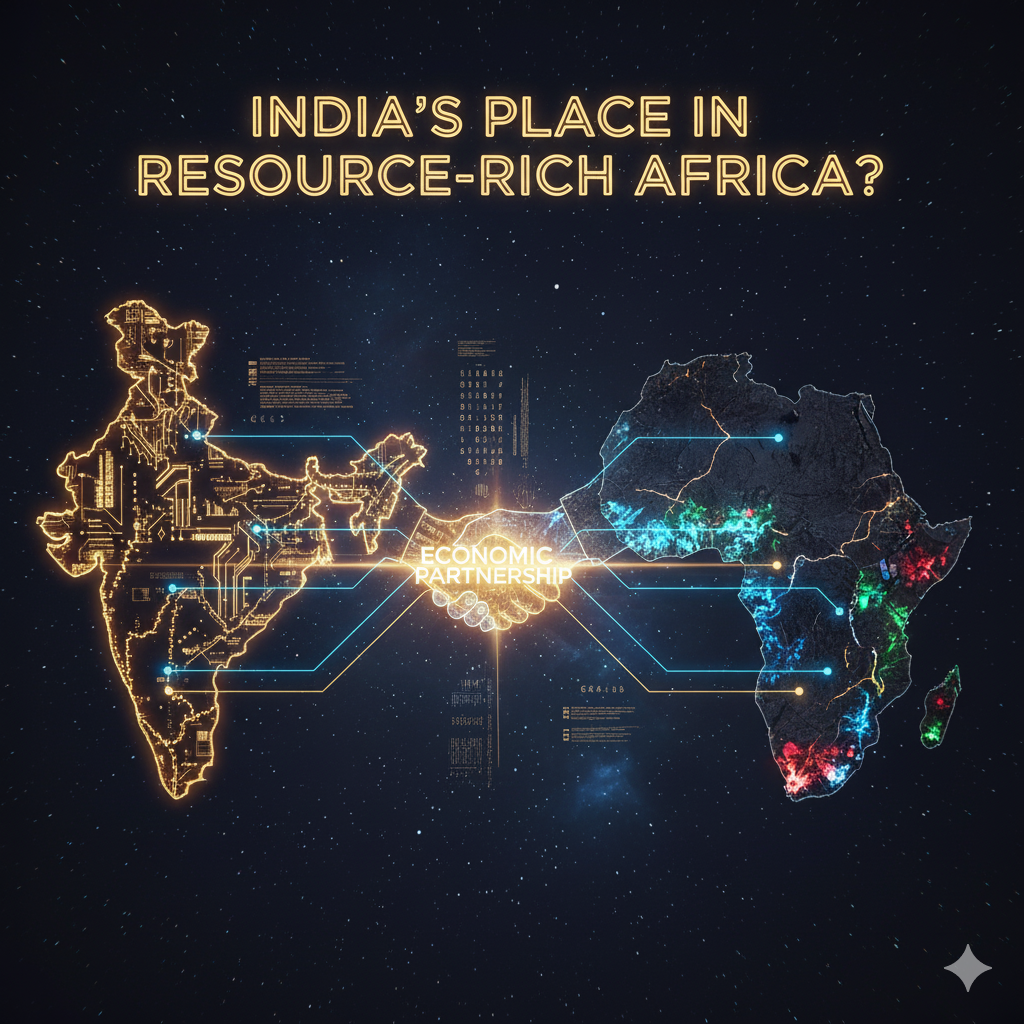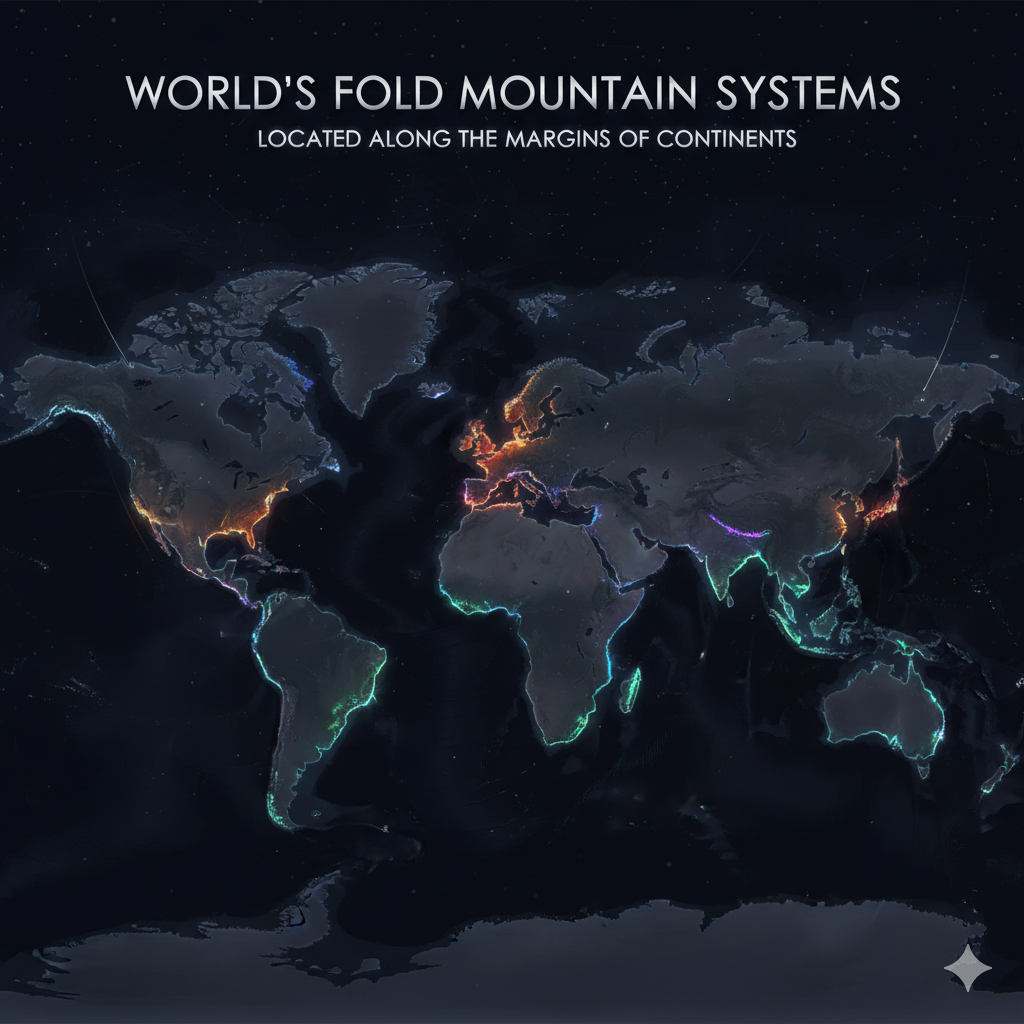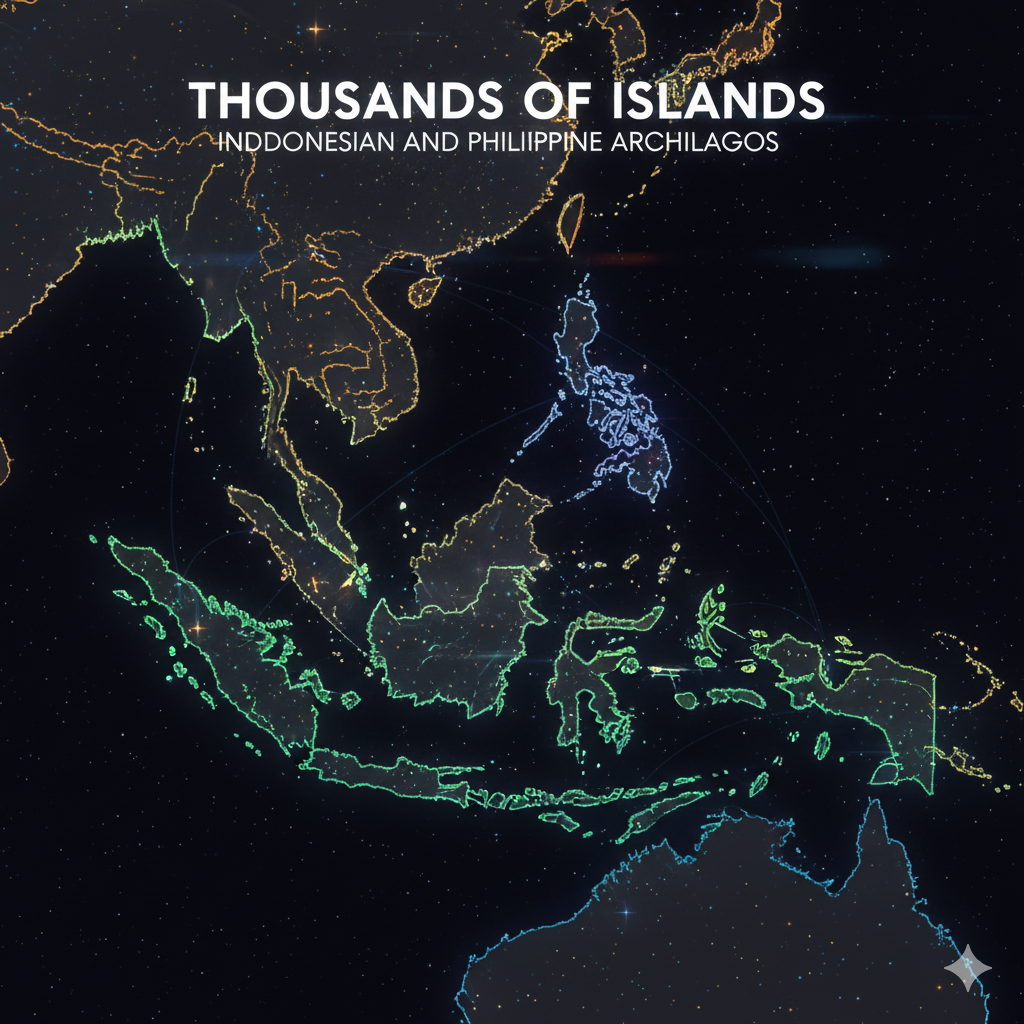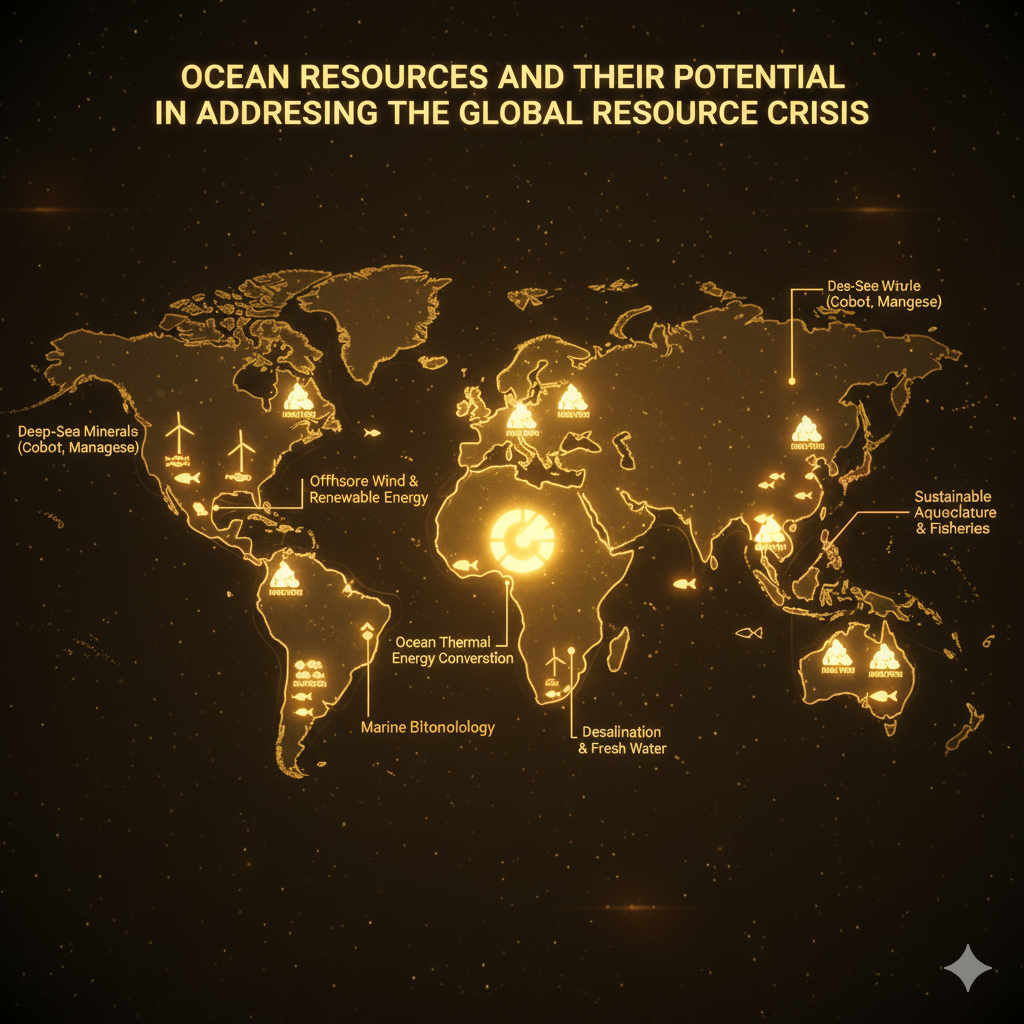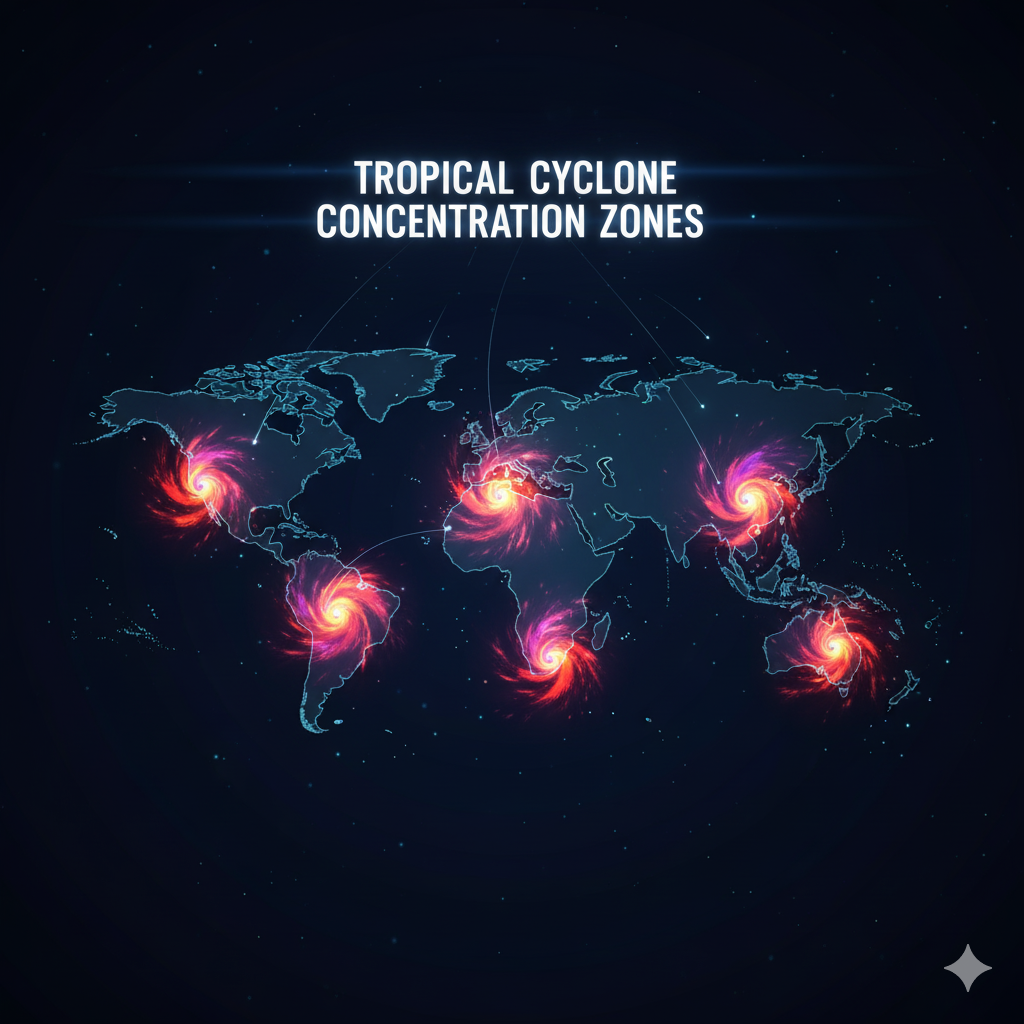Introduction
Africa, the world’s second-largest continent, is endowed with abundant natural resources, including oil, natural gas, coal, uranium, rare earth minerals, timber, and fertile agricultural land. Over the last two decades, Africa has emerged as a critical economic and strategic partner for many global powers seeking to secure energy, minerals, and markets for industrial growth.
India, with its growing population, expanding industrial base, and increasing energy and resource demands, has identified Africa as a key partner in its global economic and strategic ambitions. India’s engagement with Africa spans trade, investment, energy security, infrastructure development, and political cooperation, reflecting a multi-dimensional approach to harnessing Africa’s natural wealth while supporting Africa’s development.
Despite historical colonial links being less prominent compared to European powers, India leverages historical solidarity, South-South cooperation, and shared development objectives to strengthen its presence in Africa. Understanding India’s place in Africa’s economic space requires analyzing the resource landscape, trade and investment patterns, strategic imperatives, and challenges in this partnership.
Africa’s Resource Wealth: Opportunities for India
Africa possesses a diverse range of natural resources critical for India’s energy, industrial, and technological needs:
- Energy Resources
- Oil: Nigeria, Angola, Libya, Algeria, and Sudan are major oil producers.
- Natural Gas: Mozambique, Nigeria, Algeria, and Egypt are notable exporters.
- Coal: South Africa, Mozambique, and Botswana have significant reserves, vital for power generation and industrial processes.
- Minerals and Metals
- Precious Metals: South Africa (gold, platinum), Zimbabwe (platinum, gold), and Ghana (gold).
- Base Metals: Democratic Republic of Congo (cobalt, copper), Zambia (copper).
- Rare Earth Minerals: Crucial for electronics, renewable energy, and defense technologies.
- Agricultural and Forest Resources
- Fertile land for food crops, biofuels, and horticulture.
- Timber and forestry resources for construction and industrial uses.
For India, securing access to these resources is essential to sustain economic growth, fuel industrial expansion, and meet energy security objectives.
India-Africa Trade and Investment Patterns
- Trade Volume and Composition
- India-Africa trade has grown exponentially, from $5 billion in 2000 to over $100 billion in recent years.
- India imports oil, minerals, and raw materials from Africa while exporting pharmaceuticals, machinery, vehicles, and IT services.
- Investment Flows
- Indian companies invest in mining, oil and gas, telecommunications, banking, and infrastructure.
- Examples: ONGC Videsh Ltd. in Sudan and Nigeria, Tata Steel in South Africa, and Bharti Airtel’s telecom operations in multiple African countries.
- Sectoral Engagement
- Energy: India’s Oil and Natural Gas Corporation (ONGC) and Indian Oil Corporation invest in exploration and production.
- Mining: Companies invest in cobalt, copper, and precious metals extraction to support industrial and technological needs.
- Infrastructure: Development of ports, roads, railways, and power plants underlines India’s focus on long-term economic engagement.
Strategic Imperatives Driving India’s Africa Policy
- Energy Security
- Africa accounts for a significant share of India’s oil and gas imports.
- Engagement ensures diversified supply chains, reducing dependence on Middle Eastern energy alone.
- Access to Critical Minerals
- Minerals like cobalt, copper, lithium, and rare earths are essential for India’s renewable energy, electronics, and defense industries.
- African resources provide an opportunity for forward integration in value chains.
- Market Expansion
- Africa, with a population exceeding 1.3 billion, is a growing consumer market for Indian goods and services.
- IT services, pharmaceuticals, automobiles, and mobile technologies have high growth potential in African economies.
- Geopolitical Considerations
- India seeks to maintain strategic partnerships in Africa to balance the influence of China, the US, and Europe.
- Participation in multilateral platforms like India-Africa Forum Summit (IAFS), African Union partnerships, and UN initiatives strengthens India’s diplomatic leverage.
- South-South Cooperation and Development Assistance
- India emphasizes capacity-building, technical cooperation, and concessional financing for Africa.
- Programs include India-Africa Development Fund, training institutes, and lines of credit supporting African infrastructure and industrial projects.
India’s Key Partnerships in Resource-Rich African Nations
- Nigeria and Angola
- Nigeria: Largest oil exporter to India; cooperation in energy, agriculture, and pharmaceuticals.
- Angola: Oil and mineral cooperation; investment in exploration.
- South Africa
- Industrial and financial hub; joint ventures in mining, automotive, and IT sectors.
- Strategic cooperation in BRICS and IBSA platforms.
- Mozambique and Tanzania
- Focus on natural gas, coal, and infrastructure projects.
- Investment in LNG projects and port development ensures long-term resource access.
- Democratic Republic of Congo (DRC)
- Rich in cobalt and copper, vital for electronics and renewable energy.
- Indian companies actively explore mining ventures under strategic partnerships.
- Ghana and Zambia
- Gold and copper supply critical for Indian industry.
- Collaboration in mining technology, capacity-building, and trade agreements.
Development Assistance and Capacity-Building
- Lines of Credit (LoCs)
- India has extended over $10 billion in LoCs for African infrastructure, industrial, and energy projects.
- Projects include roads, railways, power plants, and irrigation systems.
- Technical Cooperation
- India provides training in agriculture, IT, healthcare, and governance through ITEC (Indian Technical and Economic Cooperation) programs.
- African engineers, administrators, and policymakers gain exposure to Indian development models.
- Pharmaceutical and Health Initiatives
- Indian generic drugs supply affordable medicines to African nations.
- Support for HIV/AIDS, malaria, and maternal-child health programs strengthens goodwill and socio-economic cooperation.
Challenges in India-Africa Engagement
- Competition from Other Powers
- China’s Belt and Road Initiative (BRI) has massive infrastructure investments, creating stiff competition.
- European and American firms dominate high-value sectors like mining and energy.
- Political Instability
- Many African nations experience conflicts, coups, and governance issues, increasing investment risks.
- Indian companies must navigate unstable legal and regulatory frameworks.
- Logistical and Infrastructure Bottlenecks
- Poor transport networks and limited port capacities complicate resource extraction and export.
- Investment in local infrastructure is often necessary but costly.
- Environmental and Social Considerations
- Mining and energy projects face environmental scrutiny and community resistance.
- Sustainable practices are critical to maintain long-term engagement.
- Currency and Financial Risks
- Exchange rate volatility and limited access to local finance can hinder project profitability.
India’s Strategic Approach to Mitigate Challenges
- Diversified Engagement
- India pursues a multi-sectoral approach, combining trade, investment, and development assistance.
- Partnership with Regional Organizations
- Cooperation with African Union, ECOWAS, SADC, and other regional blocs ensures smoother policy alignment.
- Focus on Sustainability
- Indian projects increasingly emphasize renewable energy, sustainable mining, and capacity-building, aligning with Africa’s development priorities.
- Leveraging Diaspora and Cultural Links
- Indian diaspora communities facilitate business networks, technical cooperation, and cultural exchange, strengthening soft power.
India’s Place in Africa’s Economic Space: Assessment
- Emerging as a Reliable Partner
- India positions itself as a long-term development partner, contrasting with extractive-focused engagement by some powers.
- South-South Cooperation Model
- Emphasis on mutual benefits, technical assistance, and capacity-building differentiates India’s approach.
- Balancing Strategic Interests
- By investing in energy, mining, and infrastructure, India secures resources critical for domestic economic growth.
- Growing Economic Footprint
- Indian companies now operate in multiple African sectors, contributing to local employment, technology transfer, and skill development.
- Diplomatic Influence
- Active participation in UN, G20, IBSA, and IAFS forums gives India a voice in continental policy discussions and trade negotiations.
Case Study: India-Mozambique LNG Collaboration
- Mozambique possesses significant LNG reserves.
- Indian companies like ONGC Videsh Ltd. invested in LNG exploration and extraction.
- India benefits from secure gas supplies for power generation, fertilizers, and industrial consumption.
- Mozambique gains technology transfer, employment, and infrastructure investment, reflecting a mutually beneficial partnership.
Future Prospects
- Renewable Energy and Green Transition
- Africa’s solar and wind potential aligns with India’s green energy ambitions.
- Investments in solar parks, wind farms, and biofuels can strengthen energy security.
- Technology and Digital Cooperation
- India’s IT expertise can aid digital infrastructure, e-governance, and fintech development in Africa.
- Agricultural Collaboration
- Sharing HYV seeds, irrigation techniques, and sustainable practices can enhance food security and rural development.
- Mining and Critical Materials
- Cobalt, lithium, and rare earths are critical for India’s electronics, renewable energy, and defense sectors.
- Partnerships in ethical mining and value-addition can strengthen long-term supply chains.
- Strategic Balancing in Global Context
- India can leverage Africa to balance geopolitical influence of China, Europe, and the US.
- Multilateral cooperation can enhance India’s global economic and diplomatic standing.
Conclusion
India’s engagement with Africa reflects a strategic, long-term vision driven by economic, energy, and geopolitical imperatives. Africa’s resource wealth—oil, gas, minerals, and fertile land—presents immense opportunities for India’s growing economy.
India approaches Africa not merely as a source of raw materials, but as a partner in development, emphasizing South-South cooperation, capacity-building, and mutual benefits. While challenges like political instability, competition, and logistical constraints exist, India has carved a niche as a reliable partner, combining trade, investment, and development assistance.
In the global economic space of resource-rich Africa, India positions itself as a strategic, long-term player—securing energy and minerals, expanding markets, supporting sustainable development, and enhancing diplomatic influence. By leveraging technology, infrastructure investment, and cultural diplomacy, India aims to maintain a stable and mutually beneficial presence in Africa’s rising economic landscape.
